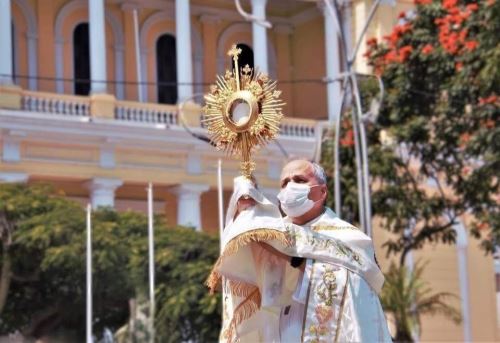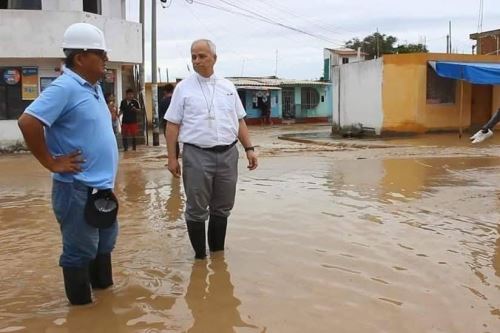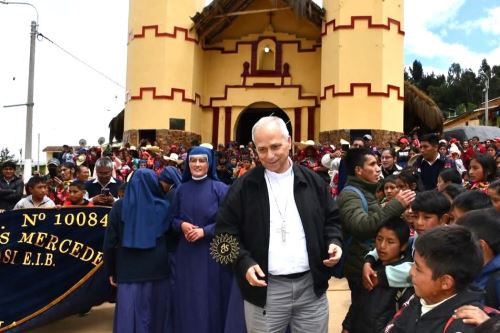Chiclayo is one of the featured cities in
"Leon de Peru," a documentary produced by the Vatican about
Pope Leo XIV's life as a missionary in Peru before being chosen as head of the Catholic Church.
Andina News Agency spoke exclusively with Italian journalist Salvatore Cernuzio, one of the creators of the documentary.
The interviewee stated that the production was completed in just 15 days, a race against the clock that included visits to six cities in Peru, 38 interviews, and the recording of hundreds of images.
Cernuzio emphasized that during the production team's visit to Peru, they received help from many people, the diocese, and various sectors to carry out excellent work and visit the various locations where Robert Prevost had been.
The Italian journalist explained that the documentary testifies to the great work carried out by the Catholic Church in various parts of the world through priests and members of religious orders; in this case, through the efforts of a man (Robert Prevost) who later became Pope —the first missionary Supreme Pontiff.
"We have reconstructed his profile and the numerous works he carried out during tragic times for Peru —such as the floods caused by El Niño Phenomenon, the COVID-19 pandemic, human trafficking, and others— as well as his daily activity," he stated.
After highlighting that six cities in Peru had been visited, Cernuzio mentioned Chulucanas (Piura region), underscoring the simplicity of its people and the poverty existing in the area. As for Callao, he noted that despite the daily hardships its people face, they are always smiling.
Regarding Chiclayo, "the City of the Pope," he recalled his visit to the capital of Lambayeque region. Of Lima, he said he loved the city despite its traffic and security issues.
The producer stated that one of the actions that most caught his attention about Robert Prevost was his clarity of mind during the COVID-19 pandemic.
"Despite being confined, like everyone else, he was always close to those who were suffering the most. He delivered chickens, pork, bottled water, and medicine to people who were literally dying of hunger," the filmmaker stressed.
"He even turned to virtual means to encourage them to keep going, to uplift those who were in difficult situations. That was very meaningful," Cernuzio added.

A true shepherd for the people of Chiclayo
Cernuzio highlighted that Pope Leo XIV carried out very important work during the rains and floods that affected Chiclayo and the rest of Lambayeque.
"At first, in Rome, the full significance of the gesture wasn't understood when the photos and images arrived showing Robert Prevost walking through water or driving a truck to visit the homes of families who had lost everything, to listen to them and to encourage them," he said.

The producer also mentioned the testimony of Silvia, a former sex worker from Chiclayo, who recounted how the Commission for Human Mobility rescued her and other young victims of human trafficking, and how Monsignor Prevost committed himself to them —listening to them and encouraging them to transform their lives by starting small businesses and sharing their stories.
"It is a wonderful testimony," he expressed.
Cernuzio stated that for the people of Chiclayo, like Miguel Angel, Monsignor Prevost was "a true shepherd, a missionary, a close bishop, a bishop who belongs here," he emphasized.
The journalist pointed out that in Chiclayo, there was great respect for Robert Prevost's work and authority. A deep affection for Father Roberto —as he was called— who managed to maintain his missionary style committed to social reality.
Finally, Salvatore Cernuzio stated that the goal of the documentary is to get to know the human spirit of this person (Pope Leo XIV) who walked through the dust, got his shoes dirty, to understand his life more deeply and to discover the authenticity of his work.

(END) MAO/JMP/MVB
Publicado: 20/6/2025